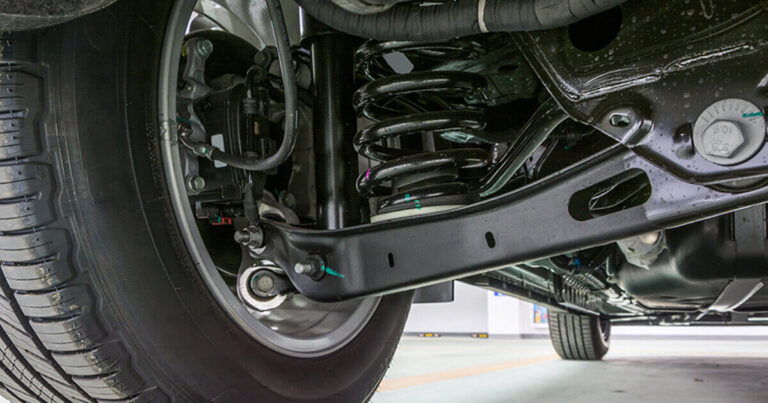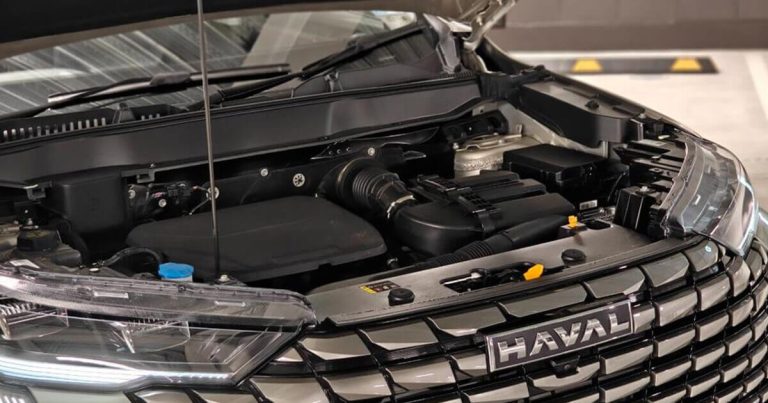Every time you drive, your car faces forces that try to throw it off balance—bumps, dips, and sudden shifts in the road. This constant battle between the car and the road is where shock absorbers play their part. They step in to absorb those impacts, keeping the ride smooth and your car steady, so you can maintain control and comfort. But as time passes, even the most reliable shock absorbers start to wear down, and that’s when the ride becomes less predictable.
Understanding how they work, what they protect, and when to replace them can make all the difference in how your vehicle performs. This guide will walk you through their vital role in keeping your drive stable, secure, and under control.
What Do Shock Absorbers Really Do?
Shock absorbers do more than just “absorb shock.” They control the motion of your car’s suspension system. When you hit a bump, the suspension springs move. They take that energy and turn it into heat using hydraulic fluid. That heat gets released, and your car stays balanced. This helps the tires remain firmly on the road, giving you better grip, safer handling, and a more comfortable ride.
What Are the 3 Main Purposes of the Suspension System?
- Ride Comfort: Cushions passengers from bumps and vibrations.
- Road Holding: Keeps the tires in contact with the road.
- Vehicle Stability: Controls body roll and keeps the car from swaying or diving.
What are the Benefits of Shock Absorbers?
Vehicle Handling
A properly working shock absorber improves your car’s handling. It holds the tires to the road while managing the movement of the suspension springs, improving grip, handling performance, and overall ride stability.
Furthermore, when these dampers are new, they reduce sway and roll, giving the car a more confident feel during sharp turns and sudden stops. Whether you’re driving on city roads or highways, you’ll notice a smoother, more connected driving experience.
Comfort
Shock absorbers play a significant role in ride comfort. When they fail, it becomes obvious that your car may bounce too much, your headlights might shake, and even small bumps feel harsh. This makes night driving especially dangerous. On top of that, oil leakage from the shocks can throw off the balance between your front wheels, making the car harder to steer.
Over time, you’ll also see uneven tire wear, and the ride will just feel more jarring. That’s why comfort gradually decreases if you ignore these warning signs.
Security
Safety on the road is non-negotiable, and good suspension plays a key role in maintaining it. When these components are damaged or respond slowly, your car becomes harder to control. Stopping distances increase, especially during emergency braking, putting you and your loved ones at risk. This becomes even more critical when towing heavy loads or driving off-road.
A well-functioning system helps your tires stay firmly planted on the ground, keeping the vehicle steady and lowering the risk of losing control. On the flip side, worn-out parts can do just the opposite, making it easier to skid or swerve, especially on wet or uneven roads.
Maintenance Costs
Putting off shock absorber replacement might save you money today, but it costs you more in the long run. When a worn damper isn’t replaced, it increases stress on other parts of the vehicle.
Tires wear faster, suspension parts take a beating, and you might spend more on repairs than on a simple shock replacement. Regular maintenance helps you catch issues early and keeps costs manageable.
Performance Optimization
Upgrading to a high-performance damper can change how your vehicle feels and performs. Thicker piston rods, better hydraulic systems, and more oil capacity make them last longer while improving comfort and control. On bumpy roads, this extra strength means less fatigue for you and more safety for everyone inside.
Signs of Deteriorated Shock Absorbers
Worn-out shock absorbers can enormously affect your car’s handling, safety, and comfort. Knowing the warning signs is important so you can act before the problem grows. One clear sign is when the car “nose dives” during braking or when the rear squats under acceleration. That means the dampers aren’t holding up as they should.
Worn-Out Tires
Uneven tire wear is another early signal. If you notice one tire wearing faster or in strange patches, your shock absorbers might not be keeping the tires pressed evenly to the road. That imbalance causes your tires to wear out quickly and unevenly.
Excessive Bouncing
Another sign to look out for is if the cbouncesing more than usual. For example, after going over a speed bump or hitting a pothole, if the vehicle car keeps bouncing instead of settling quickly, it’s a clear indication that the shocks aren’t doing their job. This can affect your braking response and your ability to maintain control of the vehicle.
Handling and Stability
Handling also gets worse with worn shocks. You may notice your car swaying more during turns or feeling unstable at higher speeds. If steering feels less responsive or your vehicle rolls more than usual when changing lanes, your shocks might be the reason.
Fluid Leaks
Lastly, check for fluid leaks around the wheels. If you see oily residue on or near the shock absorber, it usually means the internal seals have broken and the fluid is leaking. At that point, the damper can’t function properly and needs replacing immediately.
When to Replace Shock Absorbers
Most shock absorbers need replacing between 70,000 and 100,000 km. But if you often drive on poor roads or carry heavy loads, they may wear out faster. Listen to your ride. If it feels off, it might be time. Ask your mechanic to inspect them during regular services.
Manufacturer Recommendations
Car makers provide clear advice on when to inspect or replace shock absorbers. These suggestions match your vehicle’s design and performance needs. Manufacturers also list warning signs of wear, which help catch problems early.
Mileage and Driving Conditions
Shock absorber life depends on how far and where you drive. They usually last between 50,000 and 100,000 miles. But rough roads, off-roading, and sudden braking can wear them out faster.
Visual Inspection
You can often spot issues with a simple look. Check for dents, rust, or oil leaks around the shocks. Listen for clunking sounds during bumpy drives. If something looks or sounds wrong, let a mechanic inspect it properly.
How to Make Shock Absorbers Last Longer
- Drive gently and avoid potholes.
- Service your car regularly.
- Use underbody coatings to prevent rust.
Conclusion
Shock absorbers are key to comfort, control, and safety. They deserve attention before they wear out. So, notice the signs, act early, and enjoy every ride with peace of mind.




